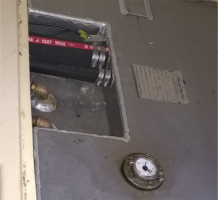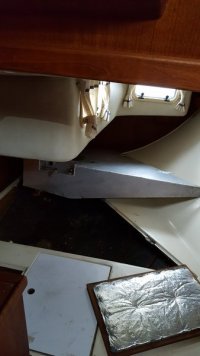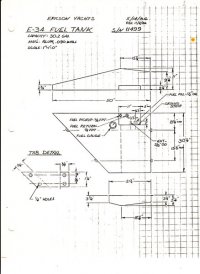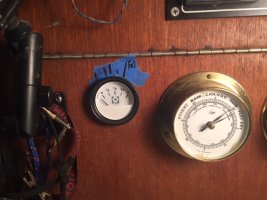Hello all,
As the winter winds down here in Chicago, we are busy trying to get our recently purchased (fall 2016) 1993 Ericson 34 in good shape. Recently, we have been trying to figure out why we can only fill our tank to about 80%. We’ve looked at the obvious (calibrate gauge, pump really slowly) but no luck.
A little research has shown me that most tanks have the fuel and vent hoses entering from the top of the tank. Our tank has these two hoses entering from the side (thick black hose with red stripe in picture is for diesel, solid black hose next to that hose is for vent).
It occurred to me that as the tank fills up, both hoses will start to back fill with diesel as well. Could this be what causes the infamous diesel burp to occur on our boat at 80% capacity?
As always, ideas and speculations greatly appreciated.
As the winter winds down here in Chicago, we are busy trying to get our recently purchased (fall 2016) 1993 Ericson 34 in good shape. Recently, we have been trying to figure out why we can only fill our tank to about 80%. We’ve looked at the obvious (calibrate gauge, pump really slowly) but no luck.
A little research has shown me that most tanks have the fuel and vent hoses entering from the top of the tank. Our tank has these two hoses entering from the side (thick black hose with red stripe in picture is for diesel, solid black hose next to that hose is for vent).
It occurred to me that as the tank fills up, both hoses will start to back fill with diesel as well. Could this be what causes the infamous diesel burp to occur on our boat at 80% capacity?
As always, ideas and speculations greatly appreciated.





